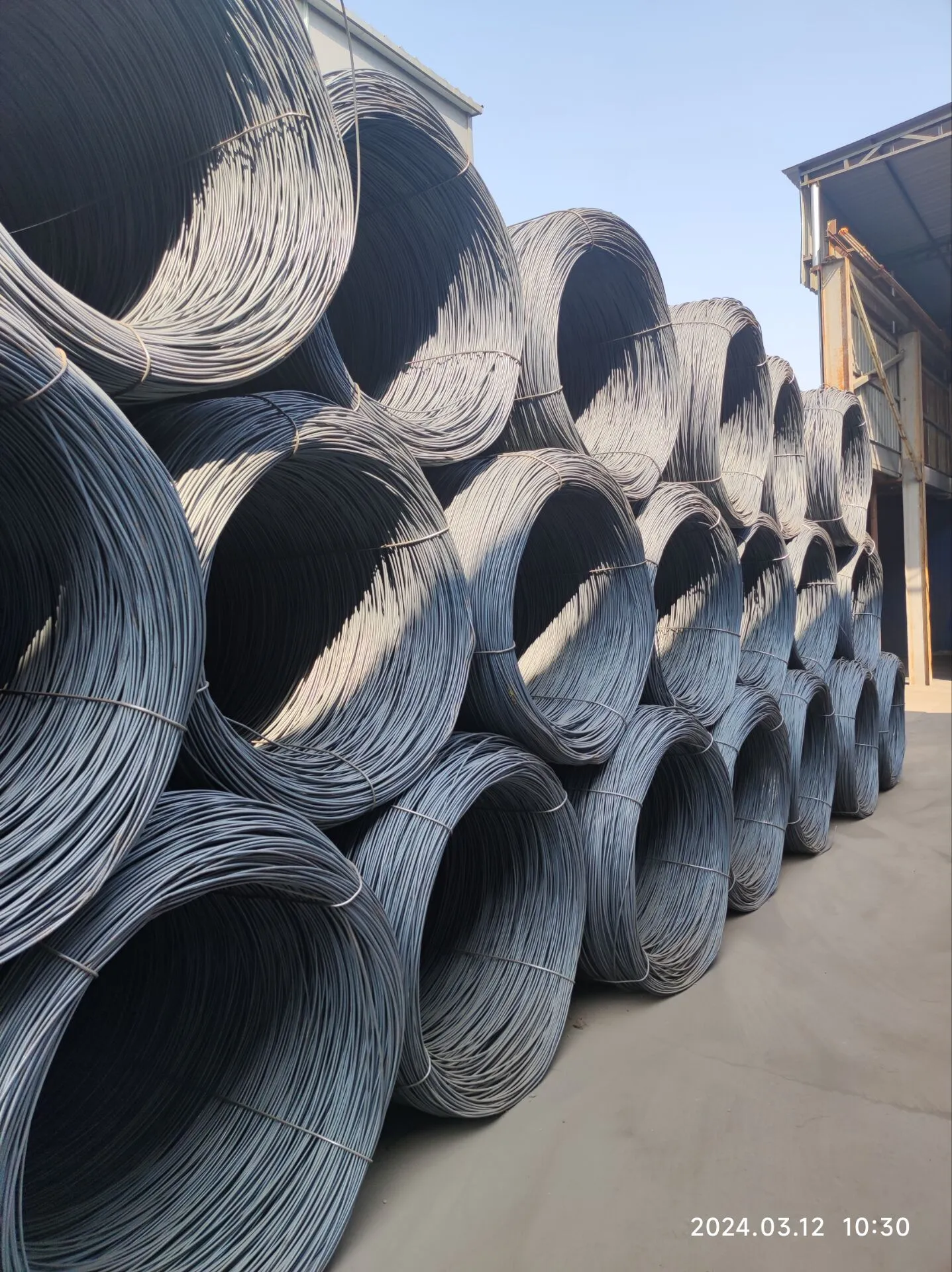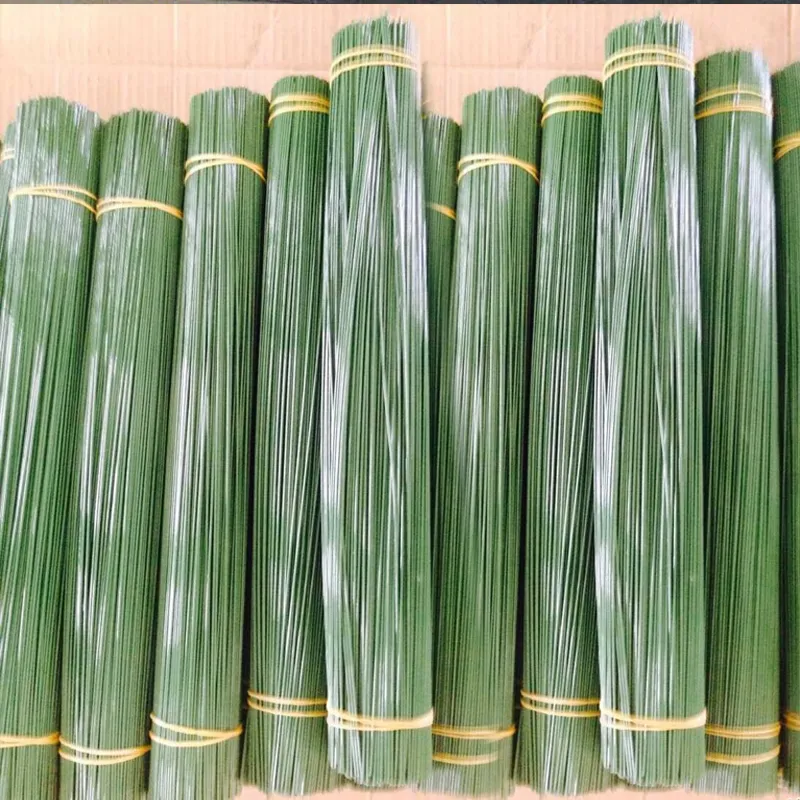

Understanding weave patterns is another essential factor when choosing mesh wire. The plain weave pattern is the most common, providing a straightforward crisscross formation that balances strength and flexibility. Twilled weaves offer more strength by having double the thickness, which provides added resilience for applications requiring more robust performance under pressure. In industries where precision and fine filtration are key, Dutch weave patterns are used. These meshes have tightly woven structures for filtration tasks requiring the separation of very small particles, making them suitable for applications like pharmaceutical and chemical processes where purity is crucial. Beyond choosing the right material and weave, selecting the appropriate mesh size is vital. The mesh size determines the clarity of filtering and the level of protection or separation required in each specific application. A larger mesh size will allow for greater airflow and larger particles to pass, suitable for protective barriers or fencing. In contrast, a smaller mesh size is optimal for air filtration and liquid separation tasks. The selection of mesh wires also plays a significant role in ensuring safety, reinforcing structural integrity, and enhancing product longevity. Trusting certified manufacturers and suppliers who adhere to industry standards ensures the mesh products are not only effective but also reliable under various conditions. In conclusion, the diversity of mesh wires available caters to a broad spectrum of industrial applications. Their varied properties based on material choice, weave style, and mesh size make them indispensable. Understanding these differences guides industries and individuals in making informed decisions to optimize their operations while ensuring safety and efficiency. For those seeking to implement mesh wires within their specific domain, consulting with industry experts and testing various options before implementation can significantly enhance the effectiveness and sustainability of their projects.

















